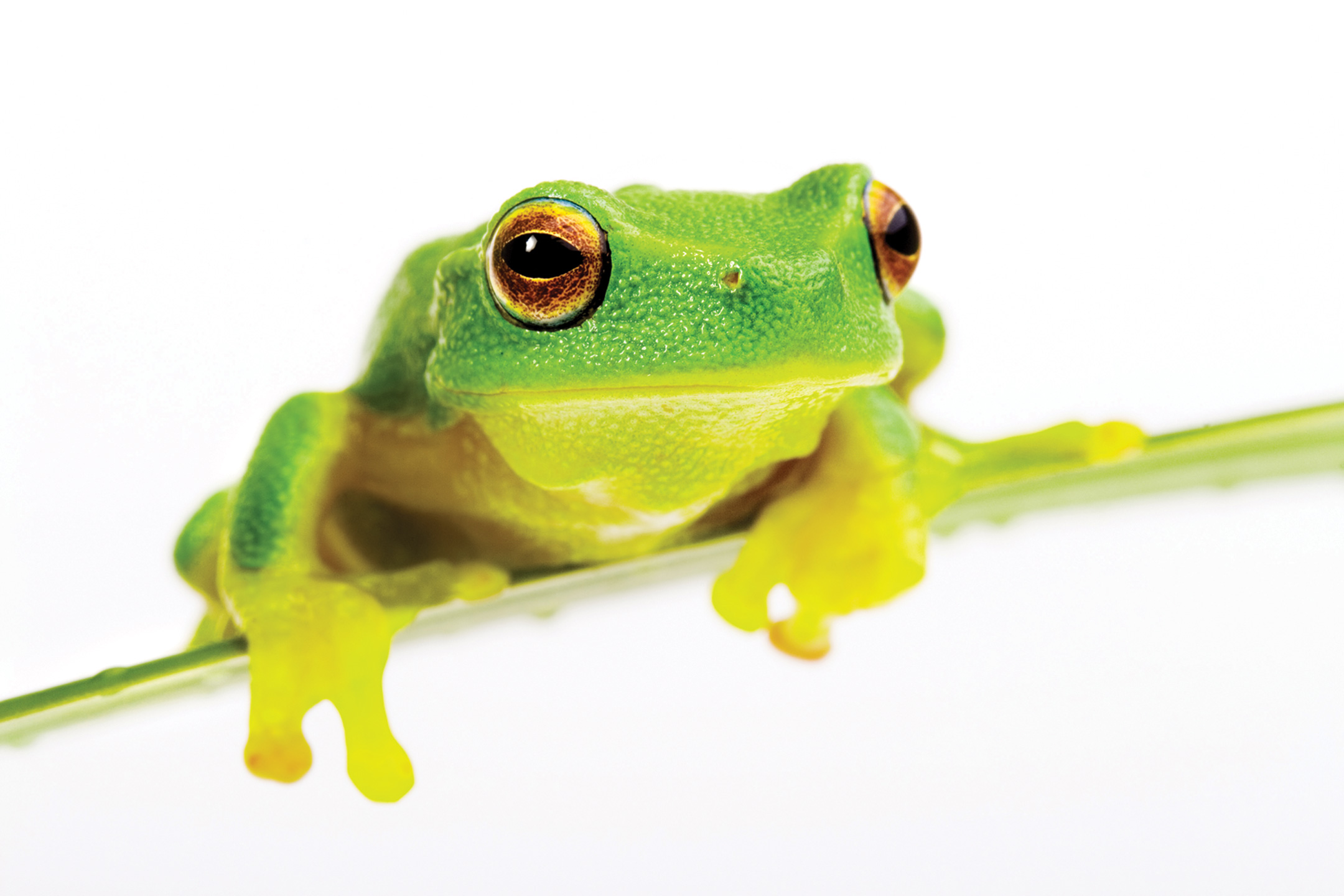
25 Aug Life in the cities: Creatures in Your City Neighbourhood
We’re surrounded by nature, most obviously plants and animals.
They’re in our backyards, on our balconies, emerging in the cracks in the footpath. While people tend to think of nature as existing ‘out there’, in national parks or at least beyond the edges of the city, the reality is much messier — and much more interesting. As biologist Tim Low has put it: ‘Nature is sold to us as something separate that lives far away from us in wild places, when really it’s all around us, engaging with us more than we guess.’
All cities are home to a diverse range of species. Australian cities are particularly rich in this regard. Many of our major cities host an array of life, from possums to foxes, cockroaches to spiders, ferns to fungi, and much, much more. But each city also has its own distinct suite of residents and its own particular stories. When it comes to birds, Sydney and its immediate surrounds are home to somewhere in the neighbourhood of 400 distinct species; that’s almost half of all bird species found in Australia.
 Having said that, most parts of the city are now dominated by a handful of species — magpies, pigeons and lorikeets. In highly urbanised areas up and down the eastern coast, Brush-turkeys are reclaiming suburbs and parklands in huge numbers. Some of our tropical towns and cities, such as Darwin and Cairns, are home to iconic Green Tree Frogs that move in during the wet season. Meanwhile, in Melbourne and many other urban areas, European Red Foxes have shown themselves to have a real taste for city life and are found in much higher densities than in other environments. And who could forget the spectacular black-cockatoos of Perth, whose enigmatic but threatened presence enlivens that cityscape?
Having said that, most parts of the city are now dominated by a handful of species — magpies, pigeons and lorikeets. In highly urbanised areas up and down the eastern coast, Brush-turkeys are reclaiming suburbs and parklands in huge numbers. Some of our tropical towns and cities, such as Darwin and Cairns, are home to iconic Green Tree Frogs that move in during the wet season. Meanwhile, in Melbourne and many other urban areas, European Red Foxes have shown themselves to have a real taste for city life and are found in much higher densities than in other environments. And who could forget the spectacular black-cockatoos of Perth, whose enigmatic but threatened presence enlivens that cityscape?
Some of the plants and animals that make their homes in our cities are of those varieties that are frequently termed ‘weeds’, ‘vermin’ or ‘pests’. Many of these are globally cosmopolitan species, such as the foxes mentioned above, Black Rats, Rock Doves (Common Pigeons) and White Clover, species that have a long shared evolutionary history with humans. Others are native species that thrive in urban environments, in some cases having found inventive new ways to live and unusual things to eat; we might think, for example, of the much derided ‘Bin Chicken’, the Australian White Ibis.
Australian cities are also home to a variety of rare and threatened species, like the Powerful Owl, Southern Brown Bandicoot, Grey Nurse Shark, Nielsen Park She-oak, Caley’s Grevillea, and the Wollemi Pine (which since its scientific discovery in 1994 is now frequently grown as an ornamental in gardens and parks). In the beachside suburbs of St Kilda in Melbourne and Manly in Sydney, two of the three remaining Australian mainland populations of Little Penguins make their homes. Here they face all the risks of urban life — from dogs to traffic and development — but they also benefit from the passionate advocacy and protection of dedicated humans.
Some of these endangered urban species are found in more predictable ‘green areas’, from remnant bushland to backyards. But others are making their homes in decidedly strange places, like the vulnerable Green and Golden Bell Frogs that are found in the old brick pit at what is now Sydney Olympic Park, and the critically endangered Orange-bellied Parrots that winter just outside Melbourne in the wetlands that form part of the city’s sewage treatment infrastructure.
Some urban species are also decidedly tiny. In fact most are. While rarely considered in discussions of wildlife, insects and other invertebrates (animals without backbones) make up the vast majority of the animal kingdom — somewhere in the order of 99 per cent. It’s among these creatures that some of the most fascinating dramas of life and death, of reproduction and predation, are played out. We might think of Pompilidae wasps laying their eggs in a paralysed spider, or the innocent-looking little assassin bugs feeding on caterpillars in the garden, injecting a digestive enzyme into their prey to liquify their insides so that they can suck the ‘soup’ out. Many of these invertebrates also play highly significant roles in our ecosystems: they are decomposers, pollinators, seed dispersers, nutrient cyclers, and more. In biologist E.O. Wilson’s memorable phrase, they are ‘the little things that run the world’.
At the end of the day, paying attention to urban nature at all scales and in diverse places helps us appreciate that nature is everywhere. There is no firm, commonsense border between nature and the world of human life. In some important ways we’re all in this together, tangled up and dependent on one another.
Life in the Cities is an extract from

by The Urban Field Naturalist Project
Murdoch Books | August 2022 | RRP $32.99
Available from all good book shops or online.
See Review here

